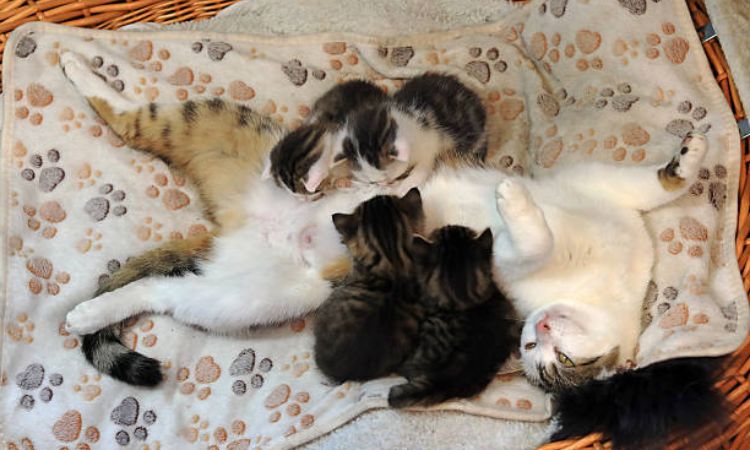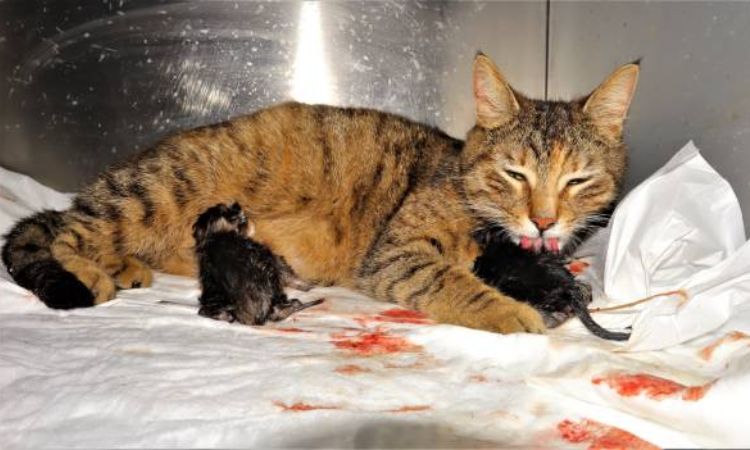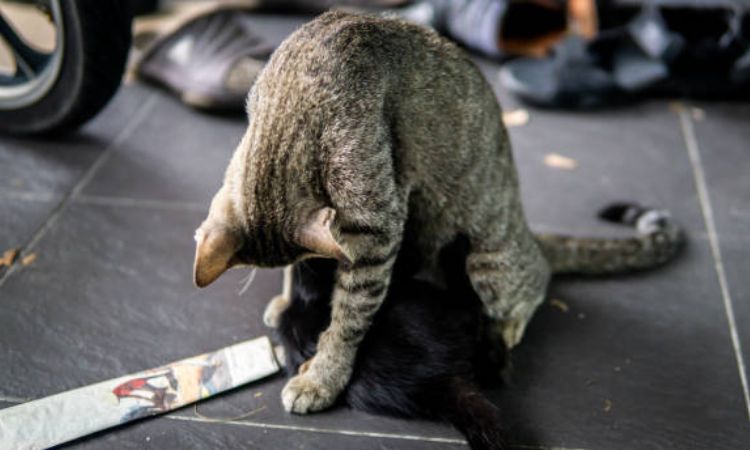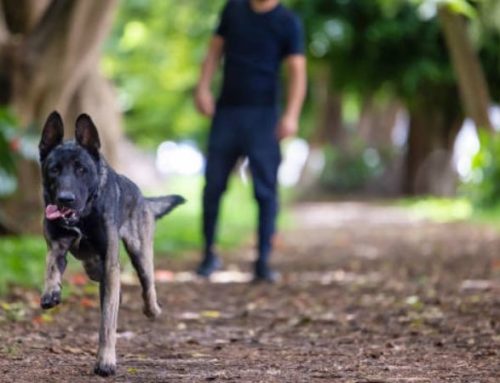There’s nothing quite as heartwarming as watching a mother cat care for her newborn kittens—but along with the joy comes a host of important choices for her future well-being. One question many cat owners face is when is the right time to have her spayed after giving birth? In this guide, Nexus-Pets explores the timeline and considerations to help you make the best decision for both mom and her kittens.

Core Timing Recommendation
Optimal Timing: Most veterinarians recommend waiting until the kittens are fully weaned, typically around 8–10 weeks after birth.
Reasoning: This timeframe allows:
- The mother cat’s reproductive system to return to its normal state, which makes the surgery safer.
- The mammary glands to dry up naturally after nursing, lowering the risk of post-surgical complications such as infection or delayed healing.
Additional Considerations:
- Spaying too early may interfere with the mother’s ability to nurse and care for her kittens.
- In cases of accidental pregnancy risk, veterinarians might consider earlier spaying, but this should only be done under professional guidance.
Reasons for Waiting
Protecting Nursing and Hormonal Balance
- Spaying a mother cat too soon after giving birth can disrupt her natural hormone cycles, which are essential for milk production.
- Early surgery may reduce or stop lactation, leaving kittens without adequate nutrition and immune support during a critical stage of growth.
- Hormonal shifts immediately postpartum also influence the mother cat’s mood and recovery; intervening too early can increase stress and affect her ability to care for her kittens.
Allowing Reproductive and Mammary Tissue to Recover
- Pregnancy and nursing cause significant changes in the mother cat’s reproductive organs and mammary glands. Waiting until these tissues return to their pre-pregnancy state lowers the risk of surgical complications such as bleeding, infection, or delayed healing.
- Fully recovered tissues ensure safer anesthesia, smoother surgery, and faster post-operative recovery.
Supporting Kitten Development
- Waiting until the kittens are fully weaned ensures they receive proper nutrition and care from their mother during their most vulnerable weeks.
- Premature spaying can interfere with the weaning process, potentially stressing both mother and kittens.
Delaying spaying until 8–10 weeks postpartum, after the kittens are fully weaned and the mother cat’s body has recovered, provides the safest and most effective outcome for both the mother and her litter. This timing balances the health needs of the cat, ensures the kittens’ proper development, and minimizes surgical risks.

Risks of Waiting Too Long
Even though it’s important to give your cat time to recover after giving birth, waiting too long to spay her can bring its own set of risks:
Rapid Return to Fertility
- Female cats can become fertile as early as 4 weeks after giving birth, even while nursing.
- If she is exposed to an intact male, she could become pregnant again almost immediately, leading to another litter before the current kittens are fully weaned.
Unwanted Litters and Overpopulation
- Successive pregnancies can quickly increase the number of kittens that need care, making it harder for you to manage them.
- Over time, repeated cycles contribute to the broader problem of stray and abandoned cats.
Health Risks for the Mother Cat
- Back-to-back pregnancies put a significant strain on the mother’s body, potentially causing nutritional deficiencies and weakening her immune system.
- Limited recovery time can also increase the risk of complications in future surgeries, including spaying.
While waiting to spay your cat until her kittens are fully weaned is important for her recovery, delaying too long can lead to early rebreeding, health stress, and additional unwanted litters. Always consult your veterinarian to schedule the optimal time for surgery and protect both the mother and her kittens.
Special Veterinary Cases
In rare situations, a veterinarian might recommend spaying a mother cat earlier than the usual 8–10 weeks after giving birth. This decision is made based on the cat’s health, her recovery from childbirth, and the condition of her kittens.
Specialized techniques, such as a flank or side spay, may be used to reduce stress and avoid interfering with nursing. After the surgery, extra care—like warmed fluids, pain management, and close monitoring—helps the mother recover quickly while continuing to care for her kittens.
It’s important to remember that early spaying should only be done under veterinary supervision, and owners should always follow their vet’s instructions to ensure the safety and well-being of both the mother and her litter.

Post-Spaying Care
After your cat undergoes spay surgery, proper post-operative care is essential to ensure a smooth and safe recovery. For the first two weeks, it is important to limit your cat’s physical activity, preventing jumping, running, or rough play that could strain the incision site. Provide a quiet, comfortable space where she can rest undisturbed, away from other pets or excessive household activity.
Monitor your cat closely for any signs of discomfort, swelling, redness, discharge, or unusual behavior around the surgical site, as these may indicate infection or other complications. Most cats are able to resume normal routines gradually, but it’s important to follow your veterinarian’s specific instructions regarding wound care, medications, and activity restrictions.
Healthy recovery is generally indicated by normal eating, drinking, and litterbox habits, as well as alertness and gentle movement around the home. Any changes in appetite, energy, or elimination should prompt a veterinary consultation to ensure your cat is healing properly. With attentive care during this recovery period, your cat can regain her usual activity level while minimizing the risk of complications.
Conclusion
The key takeaway is that while a cat can be spayed while still nursing, the safest and most widely recommended time is after her kittens have been fully weaned. This allows the mother to recover completely and ensures the well-being of her kittens. To prevent a new pregnancy, keep her separated from unneutered males and consult your veterinarian to schedule the spay at the most appropriate time for your cat.






